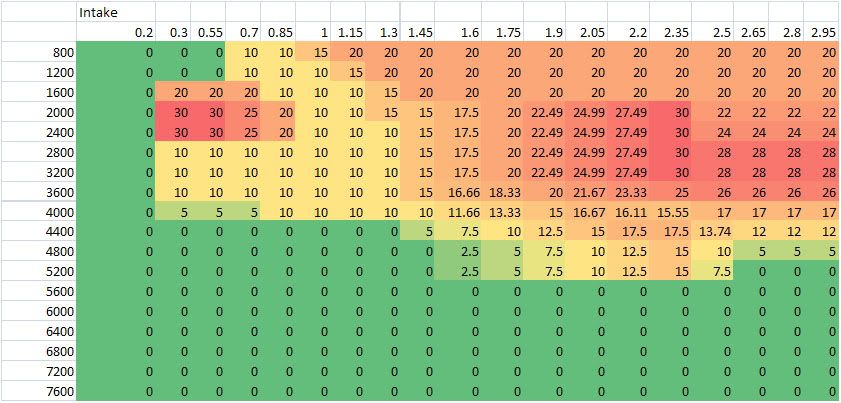Td_d
Commander In Chief
So with the injectors on their way, I'm trying to get my head around providing the mechanic with a modified tune to accomodate the new injectors.
I would think that a modified injector scalar and the correct / published latencies should at least give me a safe base from which to retune the MAF scale? Is it that simple?
I would think that a modified injector scalar and the correct / published latencies should at least give me a safe base from which to retune the MAF scale? Is it that simple?




